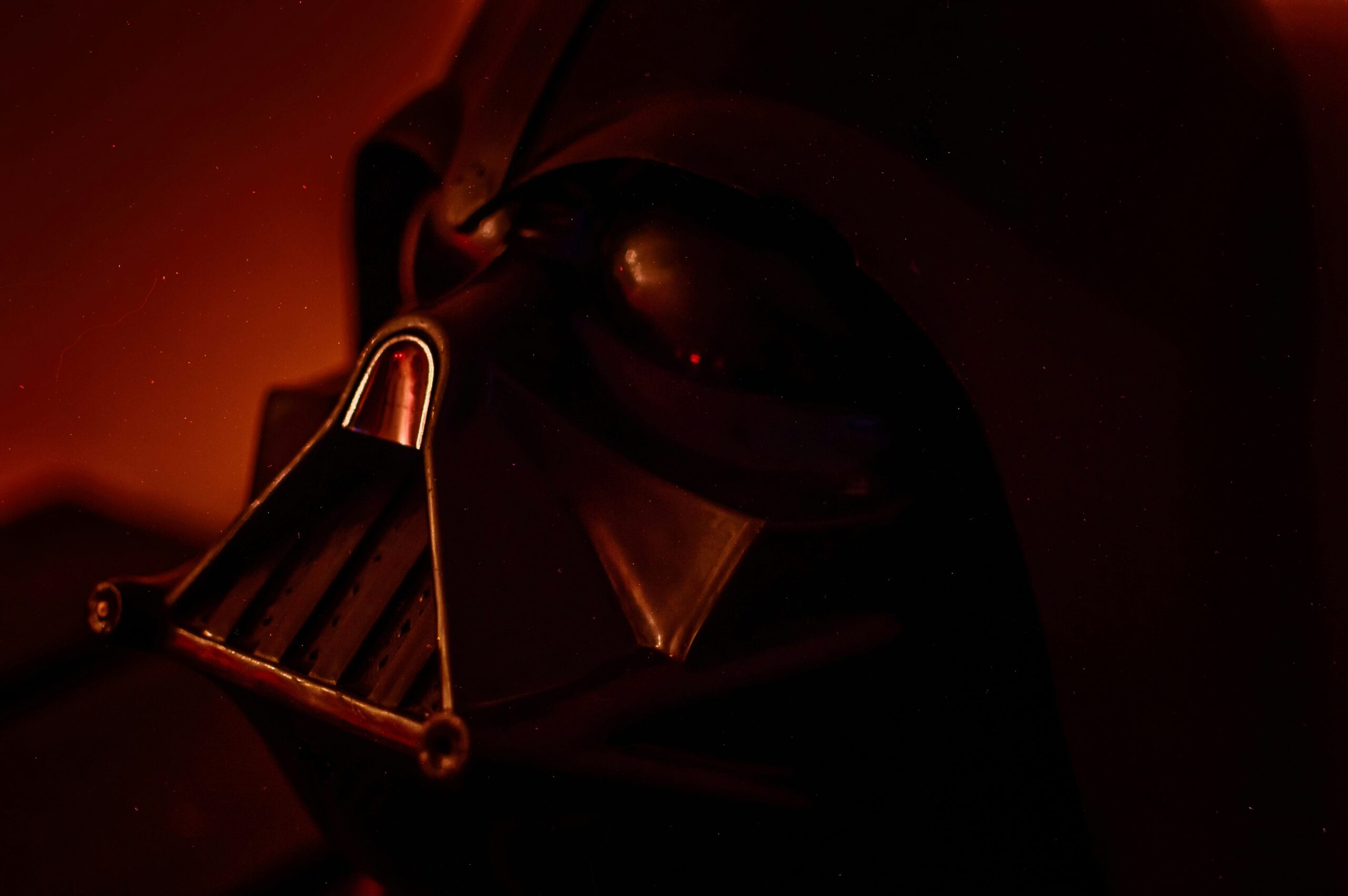
Darth Vader was based on Japanese samurai
Introduction to the origins of Darth Vader
Step into a galaxy far, far away where the epic tale of Star Wars unfolds. At the core of this iconic saga stands one of cinema’s most memorable villains – Darth Vader. But did you know that behind his ominous black mask and heavy breathing lies a connection to ancient Japanese culture? Join us as we delve into the fascinating origins of Darth Vader and uncover the striking parallels between this dark lord and legendary samurai warriors.
The influence of Japanese culture on George Lucas’ creation
When George Lucas set out to create the iconic character of Darth Vader, he drew inspiration from a myriad of sources. One significant influence that shaped the dark and imposing figure was Japanese culture. Lucas found parallels between the disciplined and honor-bound ways of the samurai warriors and the persona he wanted Vader to embody.
The concept of Bushido, the code followed by samurais emphasizing loyalty, courage, and self-discipline, resonated with Lucas as he developed Vader’s character arc. The stoic demeanor, commanding presence, and strict adherence to a moral code are all traits shared between Darth Vader and traditional samurais.
By infusing elements of Japanese culture into his storytelling, Lucas added depth and complexity to the Star Wars universe. From Vader’s imposing armor design reminiscent of samurai armor to his mastery in combat resembling swordsmanship techniques, traces of Japan can be seen throughout the saga.
The cross-cultural fusion not only enriched Vader’s character but also elevated Star Wars to a new level by blending Eastern philosophies with Western storytelling conventions.
Similarities between Darth Vader and Japanese samurai warriors
When we examine the character of Darth Vader in Star Wars, it becomes evident that there are striking similarities between him and Japanese samurai warriors. Both embody a sense of discipline, honor, and loyalty to their cause. Just like samurai, Darth Vader adheres to a strict code of conduct dictated by his allegiance to the Empire.
The iconic helmet worn by Darth Vader bears a resemblance to the elaborate helmets worn by traditional samurai warriors in Japan. The imposing presence and intimidating aura that both characters exude can be linked back to the stoic demeanor commonly associated with samurai warriors.
Moreover, the use of lightsabers in Star Wars mirrors the katana swords wielded by samurai on the battlefield. The choreographed fight scenes between Jedi knights and Sith lords reflect the precision and skill displayed in traditional Japanese swordsmanship.
George Lucas drew inspiration from various aspects of Japanese culture when crafting the character of Darth Vader, resulting in a complex and multifaceted villain with deep-rooted connections to ancient warrior traditions.
The concept of Darth Vader being based on Japanese samurai
When exploring the concept of Darth Vader being based on Japanese samurai, one can’t help but delve into the intricate layers of cultural influence. George Lucas’s vision transcended mere storytelling; it intertwined different worlds in a cosmic dance. The essence of honor, discipline, and mystique that defines the samurai ethos echoes through Vader’s imposing presence and enigmatic aura.
The parallels between Darth Vader and legendary samurai warriors are striking. Both embody a sense of duty and loyalty, driven by their own code of ethics. The iconic helmet worn by Vader bears resemblance to traditional kabuto helmets worn by samurais, symbolizing strength and protection.
In specific scenes throughout Star Wars, subtle nods to Japanese culture emerge gracefully. From lightsaber duels mirroring katana battles to Sith Lords resembling dark ronin figures, the fusion is both seamless and profound.
The incorporation of samurai elements into this space opera has left an indelible mark on popular culture. It has elevated Darth Vader from a mere villain to a complex figure steeped in tradition and legacy—a testament to the enduring impact of Japanese influence in storytelling.
Analyzing specific scenes and characters in Star Wars that reflect Japanese samurai culture
When examining specific scenes and characters in the Star Wars saga, it becomes evident that George Lucas drew inspiration from Japanese samurai culture. The stoic demeanor and disciplined fighting style of Darth Vader resonate with the honorable characteristics of a samurai warrior.
The iconic duel between Vader and Obi-Wan Kenobi mirrors the intense battles often depicted in samurai films, emphasizing honor and respect even amidst conflict. Additionally, the concept of lightsabers as elegant weapons requiring skill and precision parallels the katana swords wielded by skilled samurai.
Characters like Kylo Ren also exhibit traits reminiscent of a conflicted ronin seeking redemption, mirroring themes found in classic samurai tales. The Jedi Order’s teachings on balance and discipline echo principles upheld by Bushido – the way of the warrior.
By infusing elements of Japanese culture into Star Wars, George Lucas created a timeless narrative rich with depth and symbolism that continues to captivate audiences worldwide.
Impact and legacy of incorporating samurai elements into a space opera
The impact of incorporating samurai elements into the space opera genre cannot be understated. By infusing Japanese warrior culture into characters like Darth Vader, George Lucas created a timeless and iconic figure that resonates with audiences worldwide. The legacy of this fusion extends beyond just aesthetics; it delves deep into themes of honor, loyalty, and redemption.
The connection between Darth Vader and Japanese samurai warriors adds layers of complexity to his character, making him more than just a villain but a tragic hero on his own journey. The code of Bushido can be seen in the way Vader carries himself with dignity even amidst his darkest moments.
This blending of cultures has elevated Star Wars to more than just a sci-fi franchise but a rich tapestry woven with elements from different traditions. It’s this unique combination that continues to captivate fans old and new alike, keeping the legacy alive for generations to come.
Conclusion
The lasting influence of Japanese culture on the iconic character of Darth Vader is undeniable. George Lucas’ incorporation of samurai elements into the Star Wars universe has not only added depth and complexity to the character but has also created a unique blend of Western and Eastern storytelling.
By drawing inspiration from Japanese samurai warriors, Lucas was able to infuse Darth Vader with qualities such as honor, discipline, and a sense of tragedy that resonates with audiences worldwide. The visual aesthetics, moral code, and themes of redemption present in both Darth Vader’s story arc and traditional samurai tales further highlight the profound impact of Japanese culture on this legendary character.
As fans continue to dissect and appreciate the nuances of Darth Vader’s portrayal, it becomes clear that his roots in Japanese samurai tradition have played a significant role in shaping his enduring legacy. From his imposing presence to his internal conflict between light and dark, Darth Vader stands as a testament to the timeless influence of cultural exchange in storytelling.

